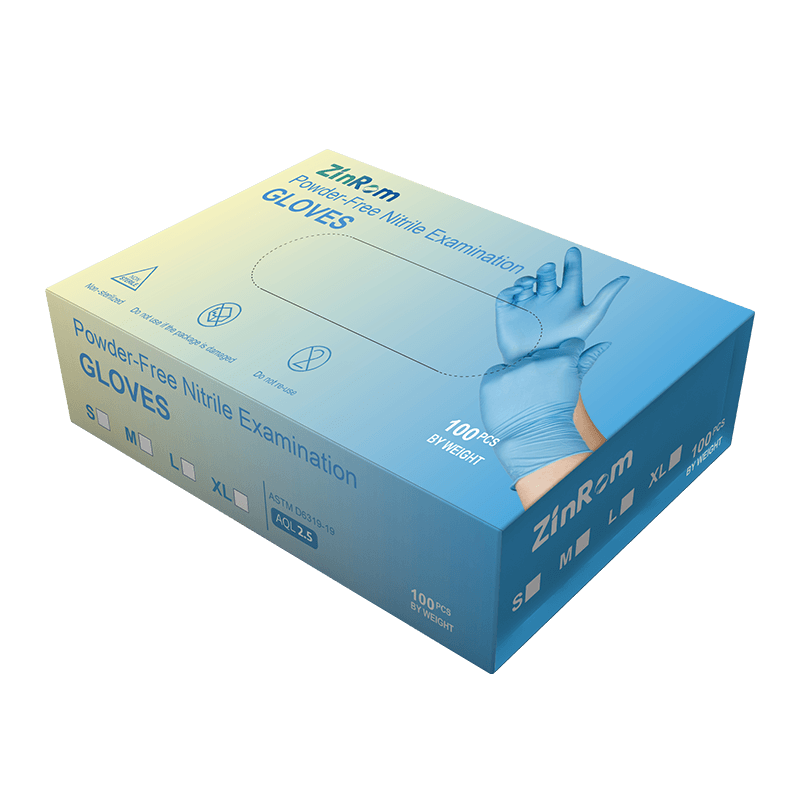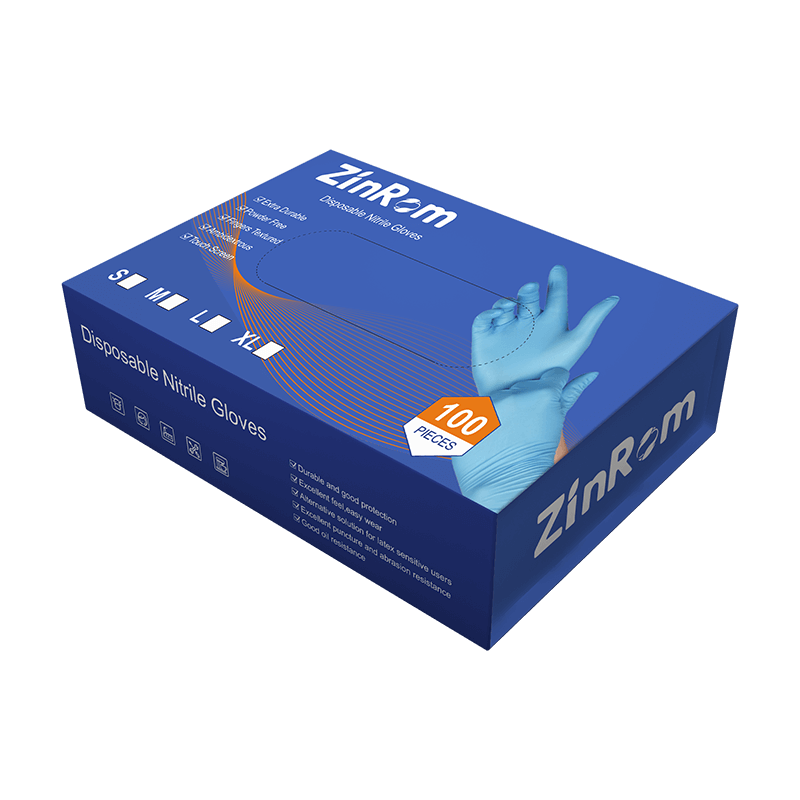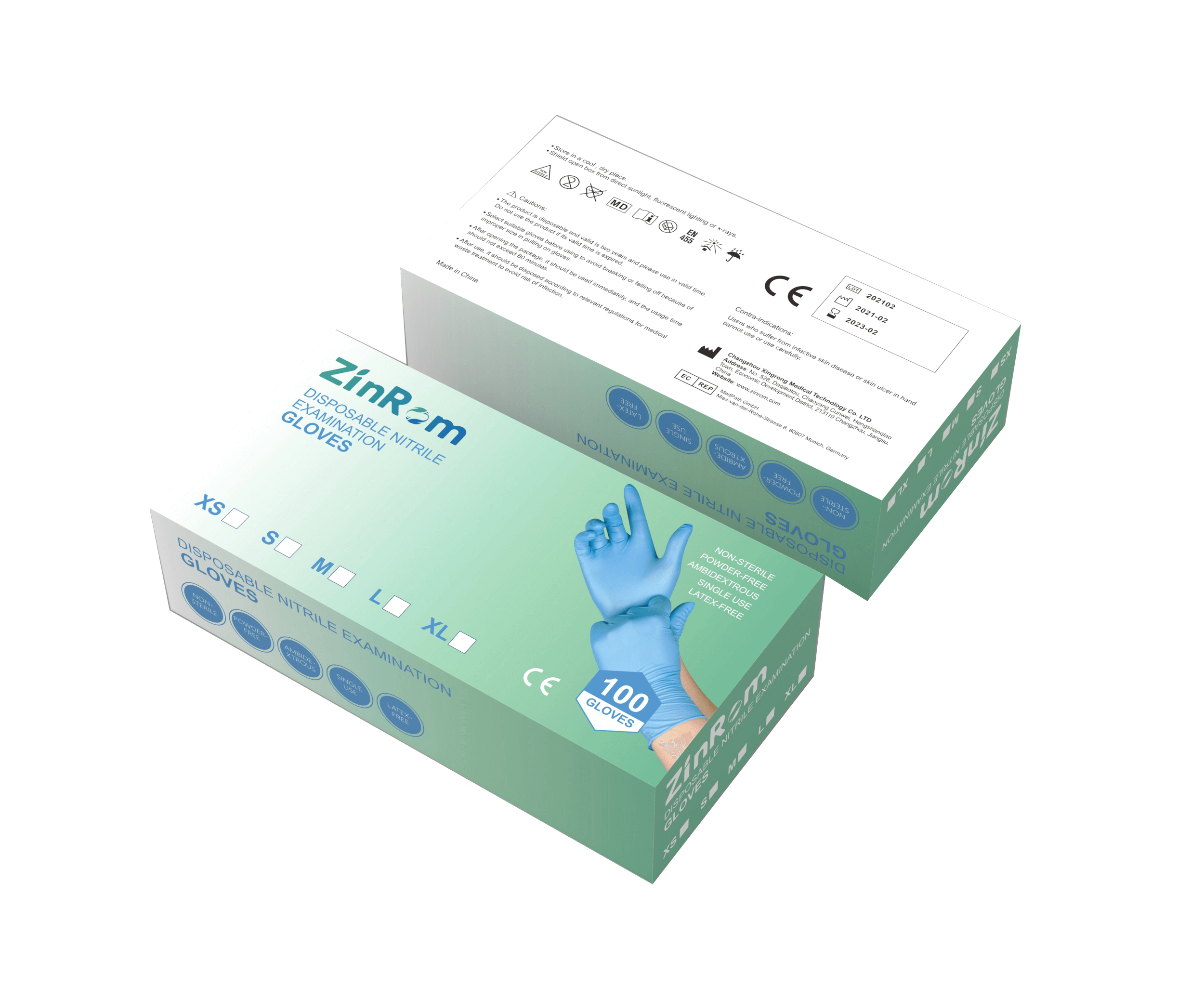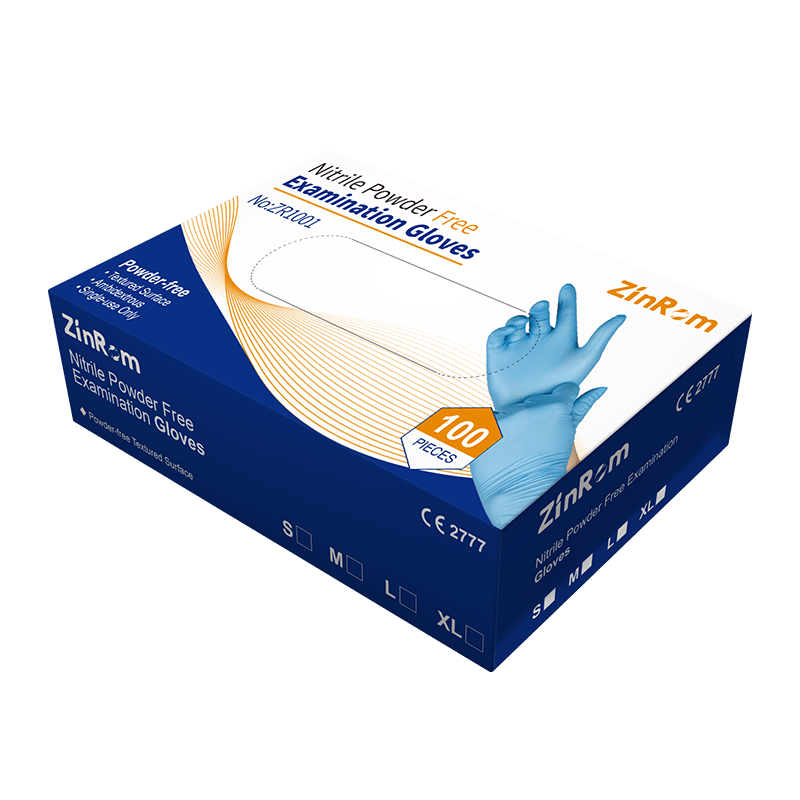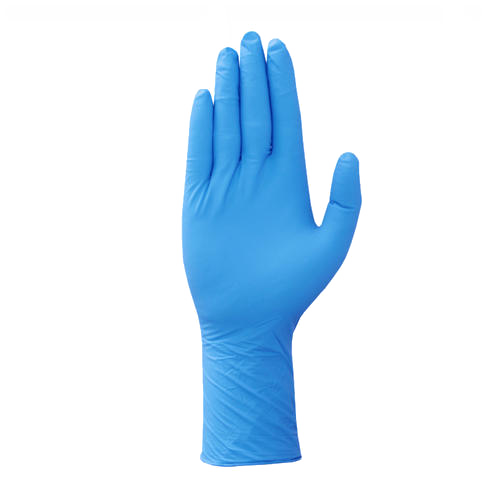

Choosing the Right Polypropylene Gloves for Medical Use
- Categories:Knowledge
- Time of issue:2023-10-03
(Summary description)Discover how to choose the perfect polypropylene gloves for medical use. This comprehensive guide will provide you with all the information you need to make an informed decision. From understanding th
Choosing the Right Polypropylene Gloves for Medical Use
(Summary description)Discover how to choose the perfect polypropylene gloves for medical use. This comprehensive guide will provide you with all the information you need to make an informed decision. From understanding th
- Categories:Knowledge
- Time of issue:2023-10-03 09:42
- Views:
1. Introduction
2. Understanding the Benefits of Polypropylene Gloves
3. Key Considerations for Choosing the Right Gloves
3.1. Fit and Size
3.2. Thickness and Durability
3.3. Comfort and Dexterity
4. Examining the Different Types of Polypropylene Gloves
4.1. Powdered Gloves
4.2. Powder-Free Gloves
4.3. Micro-Textured Gloves
4.4. Chlorinated Gloves
5. Assessing the Quality and Standards of Polypropylene Gloves
5.1. ASTM Standards for Medical Gloves
5.2. FDA Regulations and Compliance
5.3. EN Standards for Medical Gloves
6. Understanding the Importance of Barrier Protection
6.1. Microorganisms and Pathogens
6.2. Chemicals and Hazardous Substances
6.3. Cross-Contamination Prevention
7. Frequently Asked Questions
7.1. How do I determine the right size of polypropylene gloves?
7.2. Are powdered gloves safe for medical use?
7.3. What are the advantages of micro-textured gloves?
7.4. Can polypropylene gloves protect against chemical exposure?
7.5. How often should I change my gloves during medical procedures?
8. Conclusion
1. Introduction
When it comes to medical procedures, the right gloves can make a significant difference in terms of protection and comfort. Polypropylene gloves have become increasingly popular due to their numerous benefits. In this guide, we will delve into the world of polypropylene gloves, helping you choose the perfect pair for your medical needs.
2. Understanding the Benefits of Polypropylene Gloves
Polypropylene gloves offer a range of advantages that make them a popular choice in the medical field. They are lightweight, durable, and provide excellent barrier protection against contaminants. These gloves are also resistant to chemicals, punctures, and tears, ensuring optimal safety during medical procedures. Additionally, polypropylene gloves are latex-free, making them suitable for individuals with latex allergies.
3. Key Considerations for Choosing the Right Gloves
When selecting polypropylene gloves for medical use, several factors should be taken into account to ensure the best fit and protection.
3.1. Fit and Size
One of the most crucial aspects of choosing polypropylene gloves is finding the right fit and size. Ill-fitting gloves can compromise dexterity and increase the risk of tearing. It is essential to measure your hand size accurately and refer to the manufacturer's sizing chart to find gloves that offer a snug yet comfortable fit.
3.2. Thickness and Durability
The thickness of polypropylene gloves determines their durability and level of protection. Thicker gloves provide enhanced resistance against punctures and tears, making them suitable for high-risk procedures. However, it is essential to strike a balance between thickness and dexterity, ensuring you can perform delicate tasks with ease.
3.3. Comfort and Dexterity
Comfort and dexterity are crucial when choosing polypropylene gloves for medical use. Gloves that are too tight can cause discomfort, while those that are too loose may impede dexterity and tactile sensitivity. Look for gloves with a textured surface that provides a secure grip without compromising flexibility and maneuverability.
4. Examining the Different Types of Polypropylene Gloves
Polypropylene gloves come in various types, each offering specific features to suit different medical applications.
4.1. Powdered Gloves
Powdered gloves are coated with a fine powder, usually cornstarch, to facilitate easy donning and removal. However, they may cause allergic reactions in some individuals and can contaminate the surrounding environment. Powdered gloves are not recommended for use in certain medical procedures, such as surgeries, where a powder-free environment is required.
4.2. Powder-Free Gloves
Powder-free gloves have become increasingly popular due to their hypoallergenic properties and reduced risk of powder contamination. These gloves are suitable for sensitive individuals and environments that require a higher level of cleanliness, such as operating rooms and laboratories.
4.3. Micro-Textured Gloves
Micro-textured gloves feature a textured surface, providing an enhanced grip even in wet conditions. This feature is particularly beneficial for medical professionals who require a secure hold on instruments and equipment during procedures.
4.4. Chlorinated Gloves
Chlorinated gloves undergo a chlorination process, which reduces the surface tackiness and makes them easier to don. These gloves offer a smooth surface while maintaining excellent grip and sensitivity, making them a preferred choice for various medical applications.
5. Assessing the Quality and Standards of Polypropylene Gloves
When selecting polypropylene gloves for medical use, it is crucial to consider the quality and adherence to industry standards.
5.1. ASTM Standards for Medical Gloves
The American Society for Testing and Materials (ASTM) sets standards for the quality and performance of medical gloves. Look for gloves that meet or exceed the ASTM standards to ensure optimal protection and performance.
5.2. FDA Regulations and Compliance
The Food and Drug Administration (FDA) regulates the manufacturing and distribution of medical gloves in the United States. Choose gloves that are FDA-approved to ensure they meet the necessary safety requirements.
5.3. EN Standards for Medical Gloves
If you are located in Europe or other regions that follow European standards, consider gloves that comply with the EN standards. These standards ensure the gloves meet the necessary quality and performance criteria for medical use.
6. Understanding the Importance of Barrier Protection
Polypropylene gloves play a vital role in providing a protective barrier against various risks encountered in medical environments.
6.1. Microorganisms and Pathogens
Polypropylene gloves act as a barrier against the transmission of microorganisms and pathogens, reducing the risk of infections and cross-contamination. They form a physical barrier that prevents direct contact between the skin and potentially harmful substances.
6.2. Chemicals and Hazardous Substances
In medical settings where exposure to chemicals and hazardous substances is common, polypropylene gloves offer excellent protection. They prevent direct contact with these substances, reducing the risk of chemical burns, irritations, and other adverse reactions.
6.3. Cross-Contamination Prevention
Polypropylene gloves are essential in preventing cross-contamination between the healthcare provider and the patient. By using gloves during medical procedures, the risk of transferring bacteria, viruses, and other pathogens is significantly reduced.
7. Frequently Asked Questions
7.1. How do I determine the right size of polypropylene gloves?
To determine the right size of polypropylene gloves, measure the circumference of your dominant hand just below the knuckles. Use a measuring tape and refer to the manufacturer's sizing chart to find the appropriate size.
7.2. Are powdered gloves safe for medical use?
Powdered gloves can cause allergic reactions and contaminate the surrounding environment. It is recommended to opt for powder-free gloves for medical use, especially in sterile environments.
7.3. What are the advantages of micro-textured gloves?
Micro-textured gloves provide an enhanced grip, even in wet conditions. This feature is particularly beneficial for medical professionals who require precise control and secure handling of instruments and equipment.
7.4. Can polypropylene gloves protect against chemical exposure?
Yes, polypropylene gloves offer protection against chemical exposure. They act as a barrier, preventing direct contact with chemicals and reducing the risk of burns, irritations, and other adverse reactions.
7.5. How often should I change my gloves during medical procedures?
Gloves should be changed regularly during medical procedures to maintain optimal protection and prevent cross-contamination. Follow the guidelines provided by your healthcare facility, but as a general rule, gloves should be changed after each patient or when visibly damaged.
8. Conclusion
Choosing the right polypropylene gloves for medical use is crucial for ensuring optimal protection and comfort during procedures. By considering factors such as fit, size, thickness, and durability, you can find gloves that meet your specific needs. Understanding the different types of polypropylene gloves and their features allows you to make an informed decision. Remember to prioritize quality, standards compliance, and barrier protection when selecting gloves. With the right polypropylene gloves, healthcare professionals can provide safe and effective care while minimizing risks.
Scan the QR code to read on your phone
Relevant information
-
Xingrong Medical Technology Co. LTD strictly follows the US FDA QSR requirements and ISO 9001
Xingrong Medical Technology Co. LTD strictly follows the US FDA QSR requirements and ISO 9001 and ISO 13484 standards in its management, production process and quality control to ensure that our products meet or even outperform ASTM and other relevant national standards. - Key Features to Look for in Special Medical Gloves 05-07
- Enhancing Safety and Precision: The Importance of Special Medical Gloves 05-03
- The Importance of Special Medical Gloves in Infection Control 04-29
- The Importance of Professional Medical Gloves in the Healthcare Industry 04-25

FEEL FREE TO CONTACT US

E-mail: zinrom@163.com
Add: No. 528 Daqiaotou, Furong Chaoyang Village, Hengshanqiao
Town, Economic Development Zone, Changzhou, Jiangsu, China
whatsapp: +86 13906120777






Products
Partners






